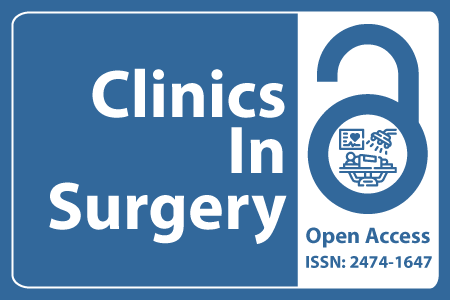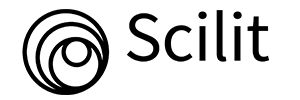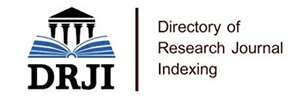
Journal Basic Info
- Impact Factor: 1.995**
- H-Index: 8
- ISSN: 2474-1647
- DOI: 10.25107/2474-1647
Major Scope
- Colon and Rectal Surgery
- Robotic Surgery
- Gynecological Surgery
- Plastic Surgery
- Neurological Surgery
- Emergency Surgery
- Transplant Surgery
- Obstetrics Surgery
Abstract
Citation: Clin Surg. 2016;1(1):1251.Research Article | Open Access
On the use of Geometric Modeling to Predict Aortic Aneurysm Rupture
Sruthi L. Muluk, Pallavi D. Muluk, Judy Shum and Ender A. Finol
Harvard College, Cambridge MA, USA
The Ellis School, Pittsburgh PA, USA
The MathWorks, Natick MA, USA
University of Texas at San Antonio, USA
*Correspondance to: Sruthi L. Muluk
PDF Full Text DOI: 10.25107/2474-1647.1251
Abstract
Background: Currently, the risk of abdominal aortic aneurysm (AAA) rupture is determined using the maximal diameter (Dmax) of the aorta. We sought in this study to identify a set of CT-based geometric parameters that would better predict the risk of rupture than Dmax.Methods: We obtained CT Scans from 180 patients (90 ruptured AAA, 90 elective AAA repair) and then used automated software to calculate 1-dimensional, 2-dimensional, and 3-dimensional geometric parameters for each AAA. Linear regression was used to identify univariate correlates of membership in the rupture group. We then used stepwise backward elimination to generate a logistic regression model for prediction of rupture.Results: Linear regression identified 40 correlates of rupture. Following stepwise backward elimination, we developed a multi-variate logistic regression model containing 15 geometric parameters, including Dmax. This model was compared to a model containing Dmax alone. The multivariate model correctly classified 98% of all cases, whereas the Dmax-only model correctly classified 72% of cases. Receiver operating characteristic (ROC) analysis showed that the multivariate model had an area-under-the-curve (AUC) of 0.995, as compared to 0.770 for the Dmax-only model. This difference was highly significant (P< 0.0001).Conclusion: This study demonstrates that a multivariable model using geometric factors entirely measurable from CT scanning can be a better predictor of AAA rupture than maximum diameter alone.
Keywords
Cite the article
Muluk SL, Muluk PD, Shum J, Finol EA. On the use of Geometric Modeling to Predict Aortic Aneurysm Rupture. Clin Surg. 2016; 1: 1252.













